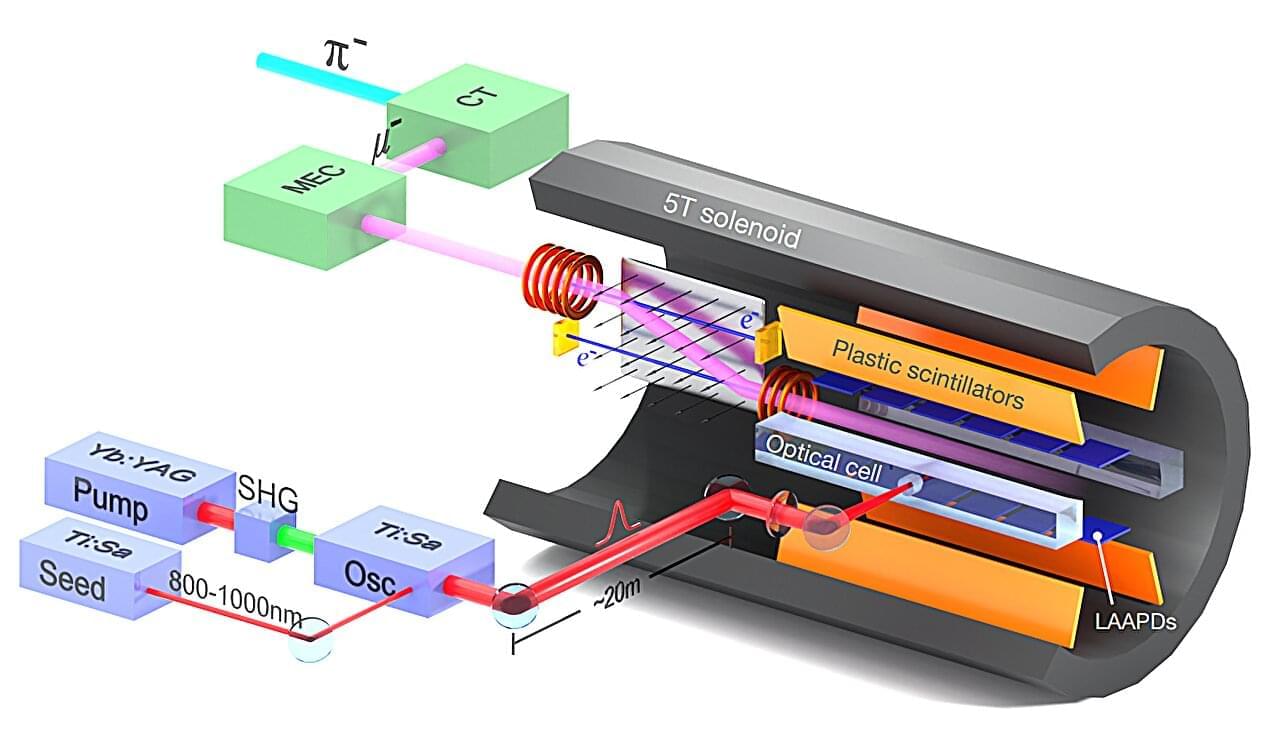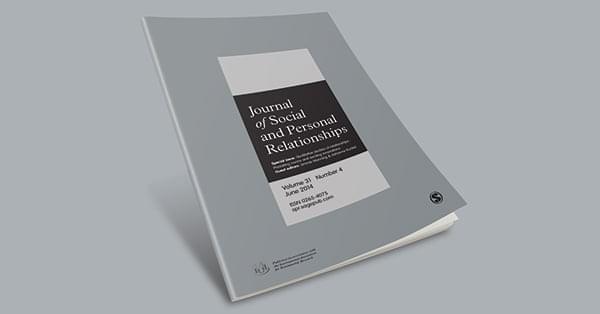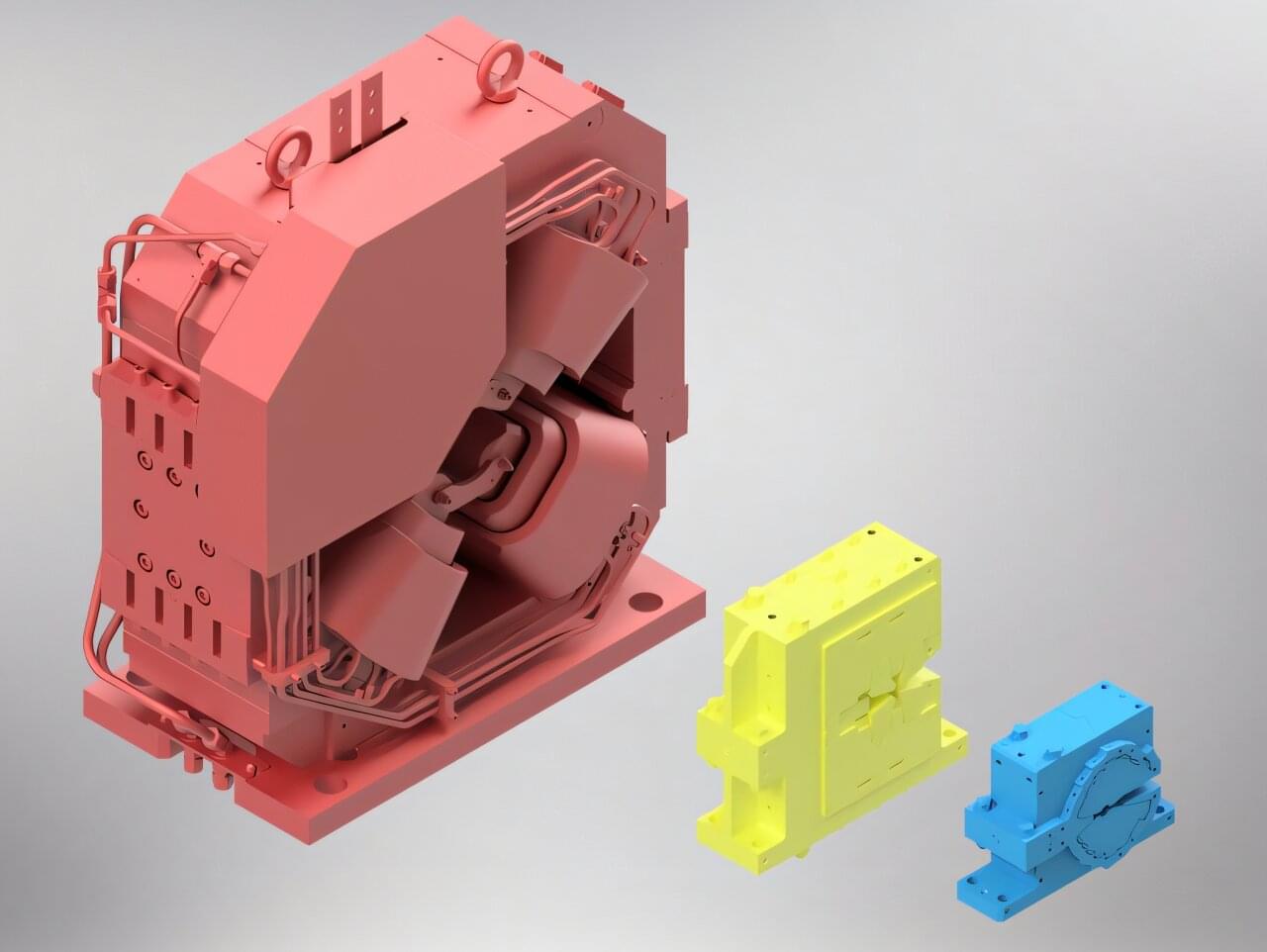An international research team led by the Paul Scherrer Institute PSI has measured the radius of the nucleus of muonic helium-3 with unprecedented precision. The results are an important stress test for theories and future experiments in atomic physics.
1.97007 femtometer (quadrillionths of a meter): That’s how unimaginably tiny the radius of the atomic nucleus of helium-3 is. This is the result of an experiment at PSI that has now been published in the journal Science.
More than 40 researchers from international institutes collaborated to develop and implement a method that enables measurements with unprecedented precision. This sets new standards for theories and further experiments in nuclear and atomic physics.






